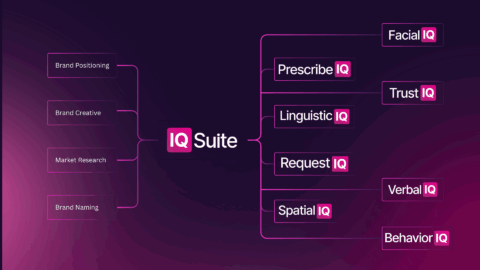Behavioral IQ – Uncovers the real behaviors that drive decisions
Behavioral IQ analyzes the actions, habits, and subconscious patterns that shape how HCPs and patients make decisions. Instead of relying solely on stated intentions, it tracks what people actually do—how they navigate information, respond under pressure, prioritize options, and follow (or break) routines.
Simulates HCP decisions in real-world contexts
Prescribe iQ™ is a groundbreaking tool designed to predict product preference by integrating detailed patient profiles into quantitative research. It simulates real-world prescribing scenarios by presenting healthcare professionals with prioritized patient characteristics and target product profiles (TPPs). This method captures reactions both before and after stimuli exposure, offering a comprehensive analysis of how concepts and positioning influence prescribing decisions. Employing Prescribe iQ™ is crucial for developing marketing strategies that resonate with healthcare professionals and enhance market presence.

Decodes how customers interpret language
Linguistic IQ™ Applies semiotics and behavioral linguistics to break down how different words, metaphors, and framings influence interpretation. Linguistic IQ identifies which terms enhance trust, spark curiosity, or cause resistance. It’s especially powerful for navigating sensitive medical categories where a single word can change meaning, credibility, or regulatory risk.

Identifies what triggers a patient’s request
Request IQ™ Maps the subtle triggers that move patients from passive acceptance to actively requesting care or treatment. By analyzing touchpoints (doctor conversations, online searches, peer influence, DTC campaigns), Request IQ uncovers what makes patients speak up. This helps brands design messaging and support materials that resonate with real patient motivations—leading to stronger dialogue between HCPs and patients.

Reveals regional behavior patterns
Spatial IQ™ Combines cultural insights, demographic data, and market research to identify geographic differences in decision-making. Spatial IQ detects how local culture, healthcare infrastructure, and social attitudes shape prescribing or treatment requests. Brands can then customize strategies across regions, ensuring local resonance while maintaining global consistency.

Captures nonverbal emotional and visual responses
Facial IQ™ Uses advanced facial coding and computer vision to detect micro-expressions, subconscious reactions, and emotional cues during testing. Whether evaluating ad concepts, messaging, or visual branding, Facial IQ reveals what patients and physicians feel but don’t verbalize. This provides a layer of emotional truth beyond self-reported data, helping refine content for greater impact.

Measures credibility and confidence drivers
Trust IQ™ evaluates the subtle cues that shape confidence in a brand, message, or source. It analyzes how factors like transparency, consistency, expertise, and authenticity influence HCP and patient trust. By combining behavioral signals (verbal hesitation, facial micro-expressions), linguistic framing, and contextual data, Trust IQ uncovers the hidden levers that either strengthen or erode credibility.

Reveals tone, voice, and speech patterns
Verbal IQ™ Analyzes recorded interviews, focus groups, or digital interactions to uncover how tone, pitch, and rhythm shape perception. Verbal IQ distinguishes between confidence, hesitation, and uncertainty in responses. It ensures brand narratives align with the way HCPs and patients naturally communicate—bridging the gap between scientific messaging and human expression.



